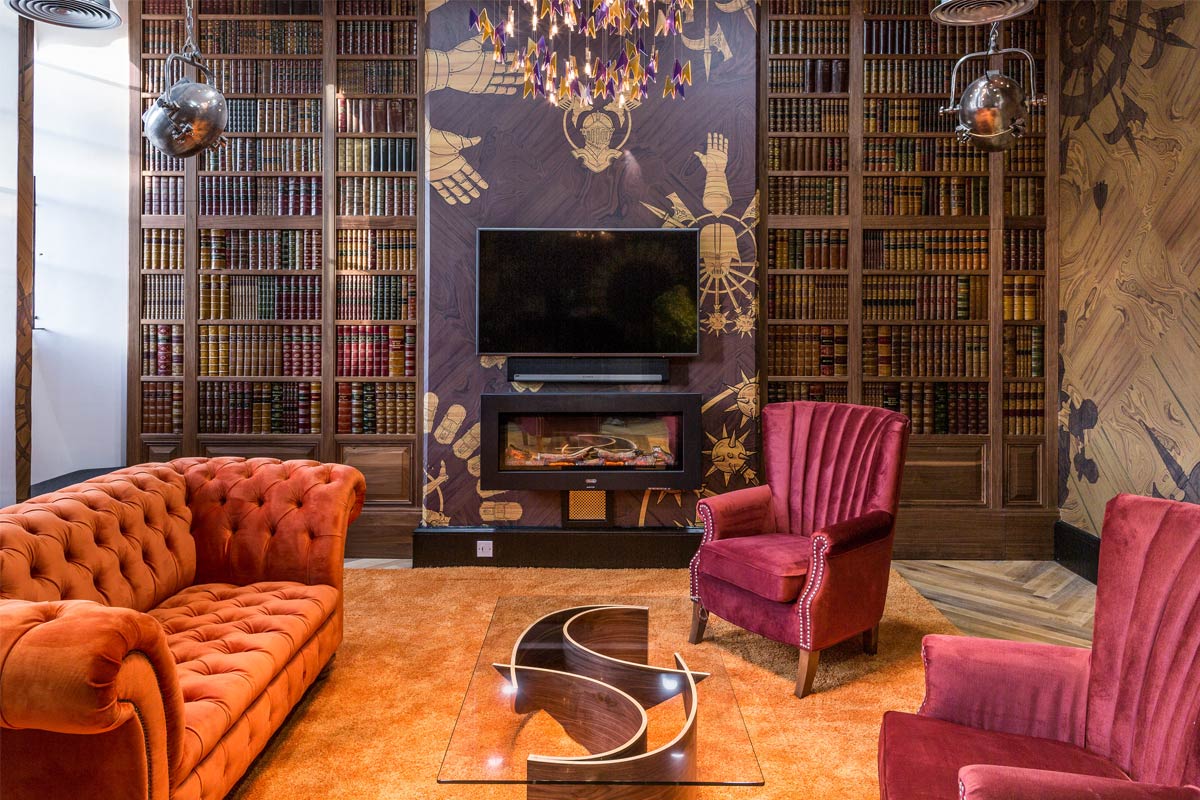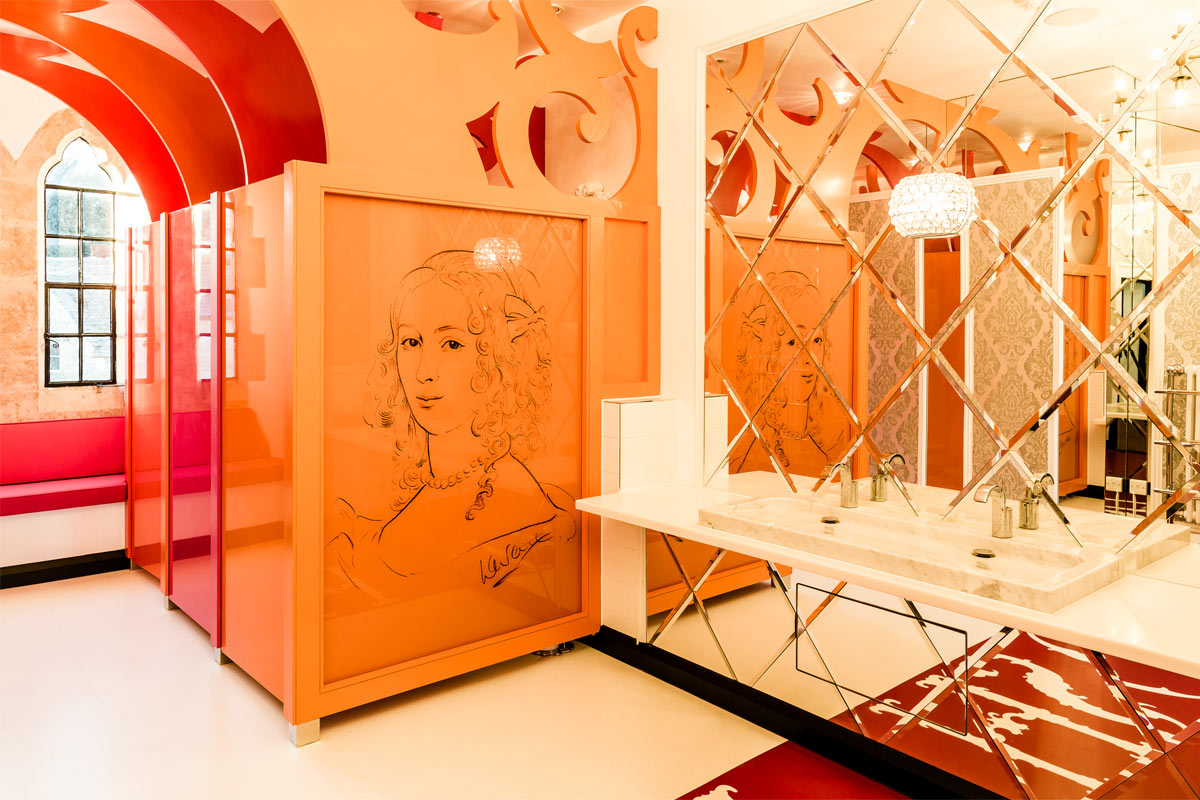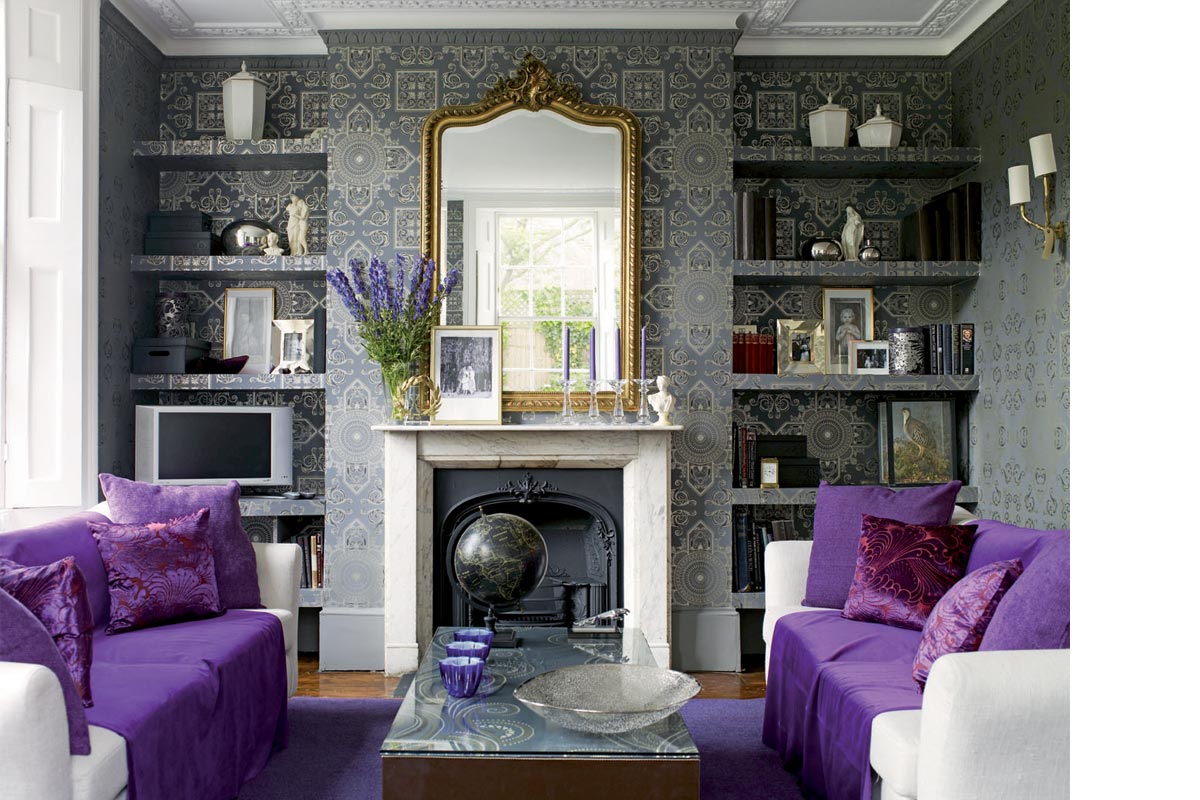We speak to one of the most famous television faces in interior design on how his unique air and flamboyance coexists with the current design trends of today.
You’ve been active in the interior design industry for over 20 years. How did you first get involved in the industry?
It was quite an indirect route. I actually studied Fine Arts and had a very classical training. I was doing very well there but I was offered a job working with a friend and his family business. It was a manufacturing business and after two, three years there, I really enjoyed the business side of it. Having come out of being entirely creative and got into business, it sort of springboarded me into wanting to bring the two together. So I started looking at opportunities that applied my Fine Arts aptitude and very quickly, I was asked to do designs for the Richmond Theatre just outside of London, I was doing designs for Buckingham Palace etc. I think because people were intrigued by the fact that my design solutions were about kind of a renaissance culture, instead of just being about the current trends.
What would you say is your design philosophy?
I think design should be something that is so operatically moving. At the end of it all, design is about communication. It’s an entirely wordless vocabulary. I want people to be able to come into my interiors and understand exactly what I’m saying. And what I’m saying will be big, it won’t be quiet, it won’t be polite. I think a lot of that is motivated by the fact that I’m very interested in history. I like history to be something that informs a lot of my design decisions. One of the things I think we should never forget is that historically, design was something that was only ever available to aristocracy or the very rich. But the fact that all of us now have access to it, it should be hugely celebrated. And I think we should celebrate that with its juiciness, and not by turning it into a really dry experience.

With a huge interest in history, Laurence’s interior designs ooze renaissance flair with plenty of colour and patterns.
Where do you gather design inspiration from?
I take design inspiration from absolutely everywhere I am. I have a very highly attuned design antenna, as you can imagine, after all these years of doing it, but I also have an incredibly good memory, which is very useful. It might be the way a mall looks, or the way a lift looks, even the interior of a plane. It may also be a palace in Thailand, a temple in Malaysia, or a cathedral in Paris. All of these things leave little tiny ideas in your brain and the secret to getting it right is to be able to take all of it back out of your filing system and put them together in new, interesting and highly original ways that express the experience you had.

Laurence is inspired by just about any place he experiences.
What are some guiding principles you think everyone should follow when it comes to designing their houses?
I think the simple thing is that you absolutely got to be yourself. Having somewhere to call your own is an extraordinary gift, and it allows you to exercise self-expression. With where you live, I think it is extremely important that you engage with who you are and you express that, because you’re not going to be able to do that anywhere else. Every other corner of your life is something that is measured and judged by other people – the clothes you wear, the car you drive, the holidays you go on, even the stuff you put in your supermarket trolley when you’re shopping. But your home is entirely something that you keep to yourself, that you keep for yourself. So basically, it means that you have an ability to express your personality in a way that you can do nowhere else. And in a way, it’s only judged by you, so you can really really let your hair down.
What is something a person can do to give their home a quick refresh, if they don’t have the time or the money for a full-scale renovation?
Do something on the wall. Paint one wall a colour, or maybe use some wallpaper. These are now very easily done and can be easily changed if you don’t like it, but they make a space feel so much better. So, absolutely tackle your space head on, and find a wall to really have some fun with.

Using patterned wallpaper is a great way to incorporate colour and visual interest into your home without the commitment.
What’s one advice about interior design you’d like to share?
Really think it through before you start. It’s not necessarily about sitting down at the drawing board and drawing it up, although that helps. But I’ve been doing this for 25 years, and when I look back on the designs that really worked, they were the ones where I actually spent time visualising exactly how everything would look in the room. The more you think about it, the better it will become when you actually do it.
Catch Laurence Llewelyn-Bowen in action as the principal judge on The Apartment: Passion for Design, every Thursday at 9pm, only on Sony Channel.
This was adapted from an article originally published in the May 2018 issue of SquareRooms. Photo credit: SONY Pictures Singapore



